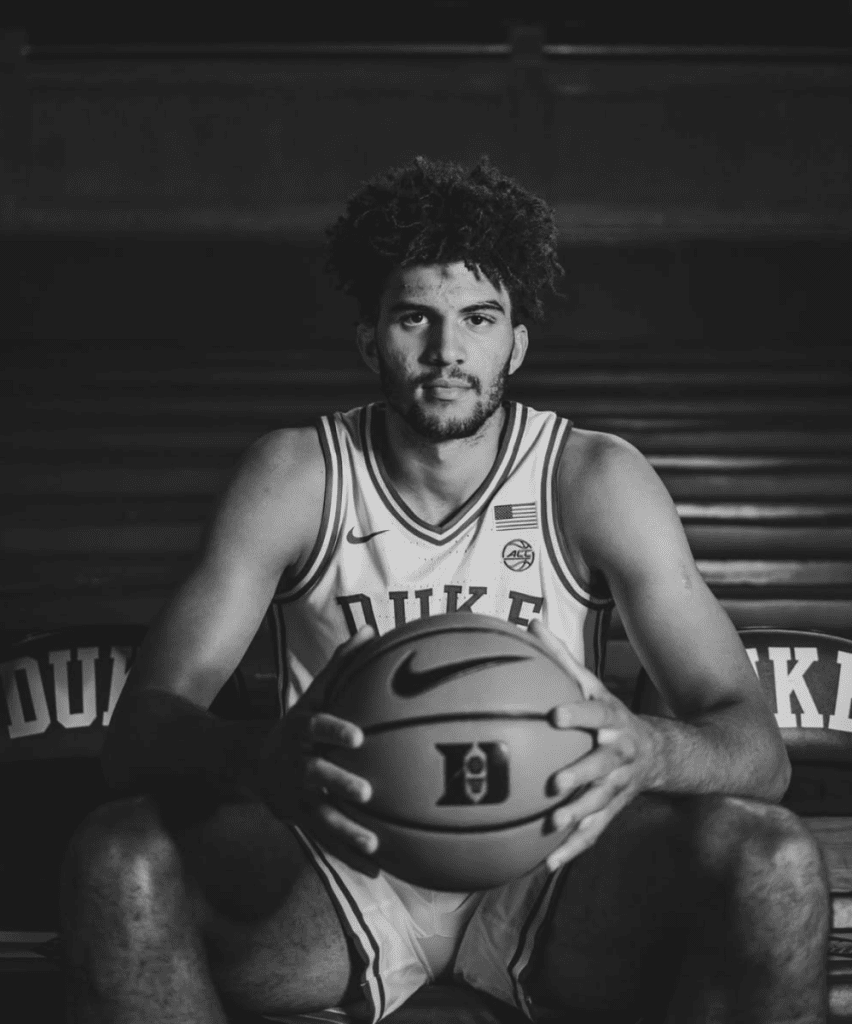Last week, we examined the ACC’s decline and recent challenges, focusing on coaching changes, roster adjustments, and all-conference selections. This analysis set the stage for our current discussion.
This week, the goal is to categorize all 18 teams into tiers, offering a clearer view of the conference’s structure and postseason prospects.
While this won’t be a comprehensive overview of each team in the ACC, I’ll provide succinct insights into each team’s roster and its position within this historic college basketball conference.
The Contenders (Duke, Louisville, North Carolina)
Duke’s ability to consistently attract top high school talent keeps them at the forefront of the ACC. This season, Cameron Boozer is the standout player, supported by returning players Isaiah Evans and Caleb Foster in the backcourt.
Similarly, Louisville’s impressive offseason recruiting places them among the conference’s elite. Coach Pat Kelsey will rely on four dynamic scorers: Mikel Brown Jr., Ryan Conwell, Isaac McKneely, and Adrian Wooley, making for the strongest backcourt in the ACC.
The competition for the final spot in this tier was tight between North Carolina and NC State. Both teams have revamped their rosters through the transfer portal, but Hubert Davis’ return to Chapel Hill affords the Tar Heels a more robust foundation. They will combine returner Seth Trimble with new talents Kyan Evans, Henri Veesaar, and highly regarded freshman Caleb Wilson while needing to improve defensively.
The Awkward Second Tier (NC State, Notre Dame, SMU)
Being in this tier isn’t a negative reflection; these teams are poised but not fully set. NC State exemplifies this with a fresh coaching staff, and their success hinges on the performance of Texas Tech transfer Darrion Williams.
Notre Dame boasts a talented roster under Micah Shrewsberry, with returning scorer Markus Burton and sharp shooter Braeden Shrewsberry, plus the addition of leading rebounder Carson Towt and four promising freshmen. This season is crucial for them.
Kevin “Boopie” Miller’s decision to return to SMU after an injury-plagued previous season is pivotal. He will team up with five freshmen from the country’s ninth-best recruiting class, alongside developed post player Samet Yigitoglu. The question remains if they can qualify for the NCAA Tournament.
The March Hopefuls (Syracuse, Virginia, Clemson)
After two seasons without Jim Boeheim, Syracuse has struggled, recording 34 wins against 31 losses with no postseason appearances. Adrian Autry now leads the most talented squad yet, highlighted by J.J. Starling and promising freshmen Kiyan Anthony and Sadiq White Jr.
Virginia faced challenges last year following Tony Bennett’s abrupt retirement. New head coach Ryan Odom has infused the roster with talent, especially in the backcourt, aiming for a more expansive offensive approach that will keep them competitive within the conference.
The Spoilers (Miami, Wake Forest, Georgia Tech)
Miami’s new coach, Jai Lucas, has already made an impact with strong recruiting, bringing in three four-star prospects and a top 33 transfer class. The team might be in for a transitional year as Lucas adjusts to his head coaching role.
Wake Forest’s Steve Forbes has consistently secured over 20 wins per season but is still seeking NCAA Tournament success. This season, he’ll rely on a promising group of transfers to make a strong postseason push.
Georgia Tech returns strong forward Baye Ndongo but must adapt to a completely new backcourt. If they can leverage their rebounding strength, they might surprise teams in March.
The .500 Hopefuls (California, Pittsburgh, Virginia Tech)
California has seen its scoring core depleted through transfers, but the return of Rytis Petraitis and Lee Dort might lead to a stronger showing this year.
Pittsburgh has potential to surpass a .500 record, yet lacks the firepower and experience needed, likely putting them in contention for an NIT bid.
Virginia Tech’s Tobi Lawal is a versatile scorer and rebounder, yet he faces a weak supporting cast, especially in the backcourt.
The Basement (Stanford, Boston College, Florida State)
Hot Take: Expect Notre Dame not only to make the tournament for the first time in four years but also to win three games and reach the Elite Eight, a feat not achieved since 2016.



